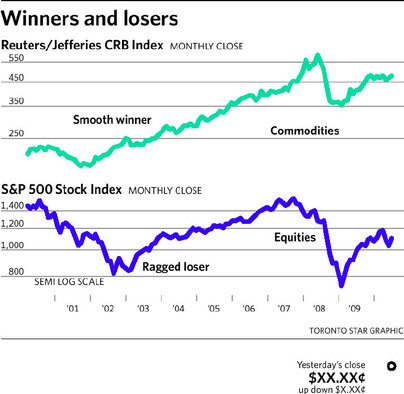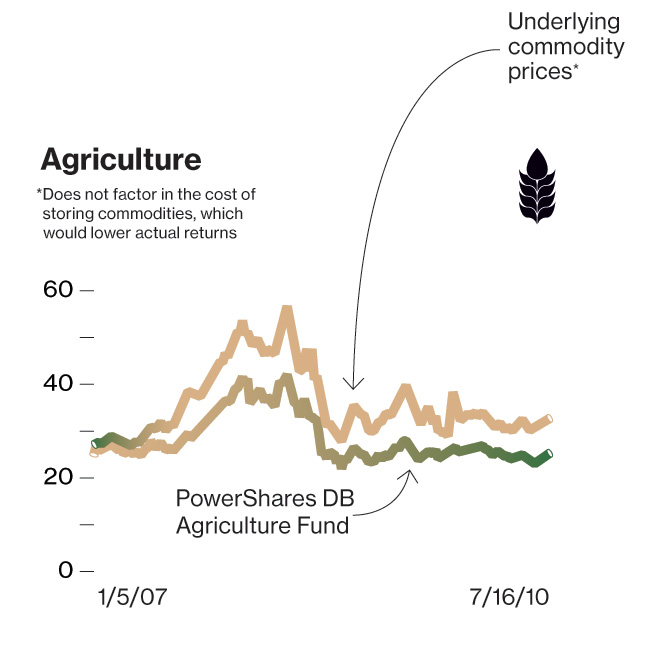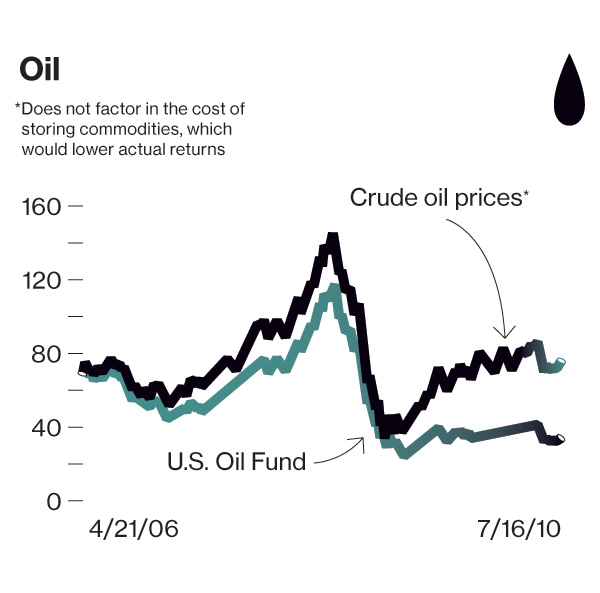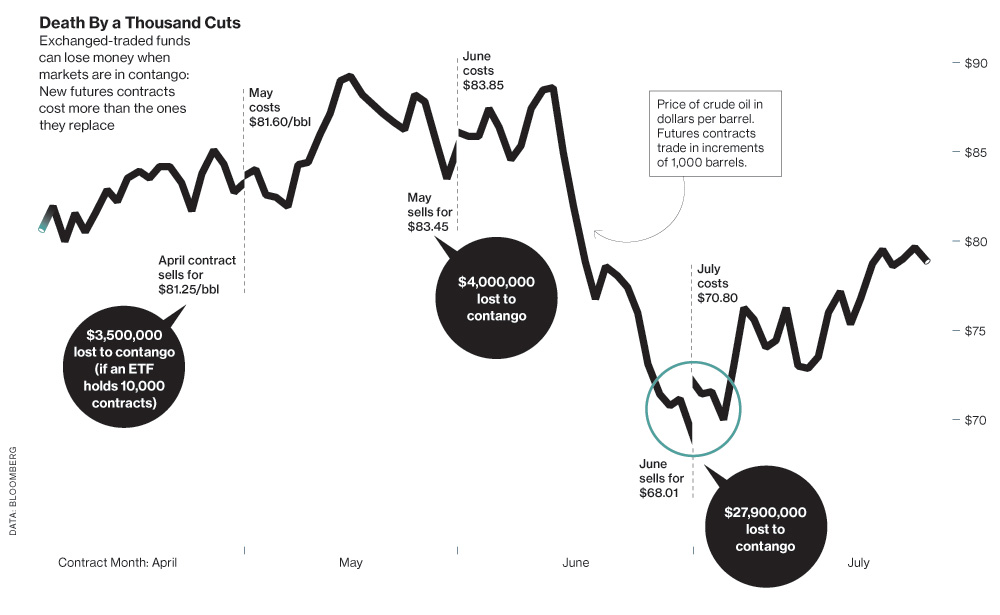Running for the Door German Giants Flee Wall Street
What the European bank whitewash means for investors
21 Reasons Why The So-Called Recovery Is A Joke For Most Americans
South Africa Tries to Climb the Industrial Ladder
Why the economy isn’t recovering
‘Buy’ Signals Flashing With Plunge in Confidence: John Dorfman
The remarkable resilience of Pakistan’s banks
America’s AAA rating is cut in the land of bubbles
China’s economy to slow significantly, say observers
Niagara Falls, Canada



